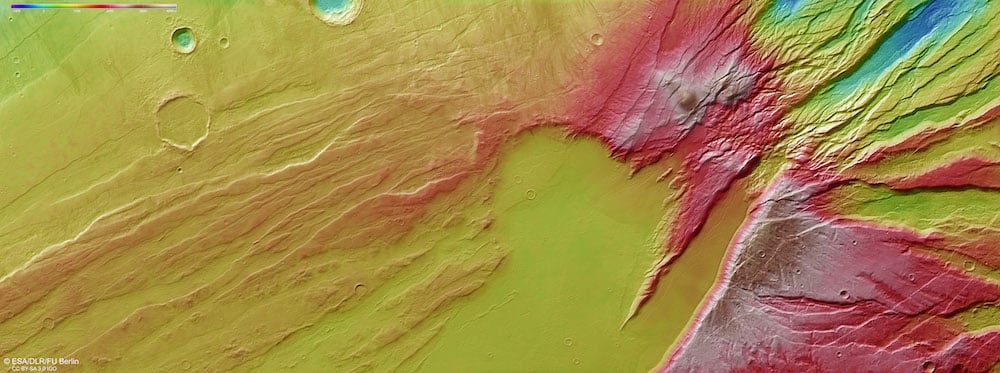
Deep cracks stretching hundreds of kilometers across the Martian surface might look like simple scars from ancient impacts, but they're actually windows into a surprisingly dynamic planetary history. New images from Europe's Mars Express spacecraft reveal how these valleys, filled with slow moving rivers of ice and rock, have preserved evidence of climate swings far more extreme than anything Earth has experienced. The story written in these Martian fractures challenges our view of the red planet.
from Universe Today https://ift.tt/aeQDGWI
via IFTTT
Comments
Post a Comment